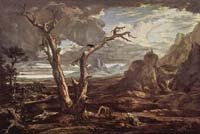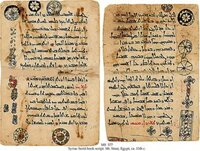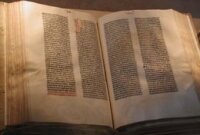
Covenant, meaning a solemn contract, is the customary word used to translate the Hebrew word berith (ברית) as it is used in the Hebrew Bible
While the word is used to identify treaties or similar contracts between rulers or individuals, the primary covenants mentioned in the Bible are the one between God and the Israelites (Old Testament) and the one between God and the Christian Church (New Testament). This covenant was the basis for the Torah, and the claimed status of the Israelites as God's "chosen people." According to the terms of the covenant, Israelites understand that God had promised to undertake certain things on behalf of the people of Israel, and that the Israelites owed God obedience and worship in return.God's promise to Israel in both the Old Testament and the New Testament that He would redeem the nation of Israel, give Israel the land of Zion, and "appear in his glory" and "come out of Zion" when "all Israel shall be saved" (cf. Psalm 102:15-18, Romans 11:25-27).


























